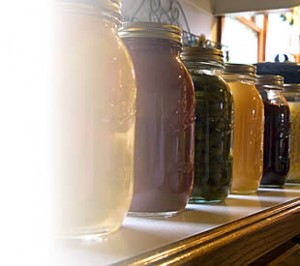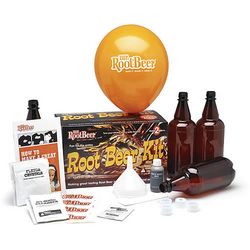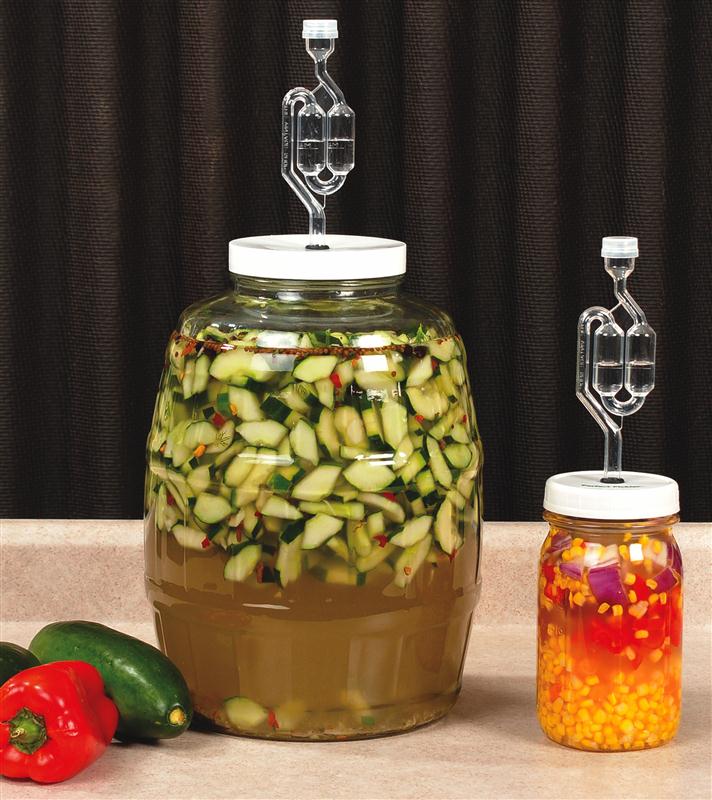
Beyond Pickles I have always made a lot of pickles. We eat something pickled nearly every day. Pickled beans and beets are our favorites with carrots and cauliflower nearly as popular. We like bread and butter pickles too but by now, last year’s are are getting a bit soggy and nobody likes a soggy pickle. Lately, I have been making a lot more lacto-fermented pickled than traditional canned pickles in brine. We can make a ½ gallon of pickles and eat them over the course of a few weeks and then just make up another crispy batch. The process is really simple too. All you need is a sharp knife and a cutting board and some ½ gallon jars. Almost any vegetable can be fermented although a few things don’t appeal to me. I have tried pickled greens and found them, well…odd is all I can say about them.
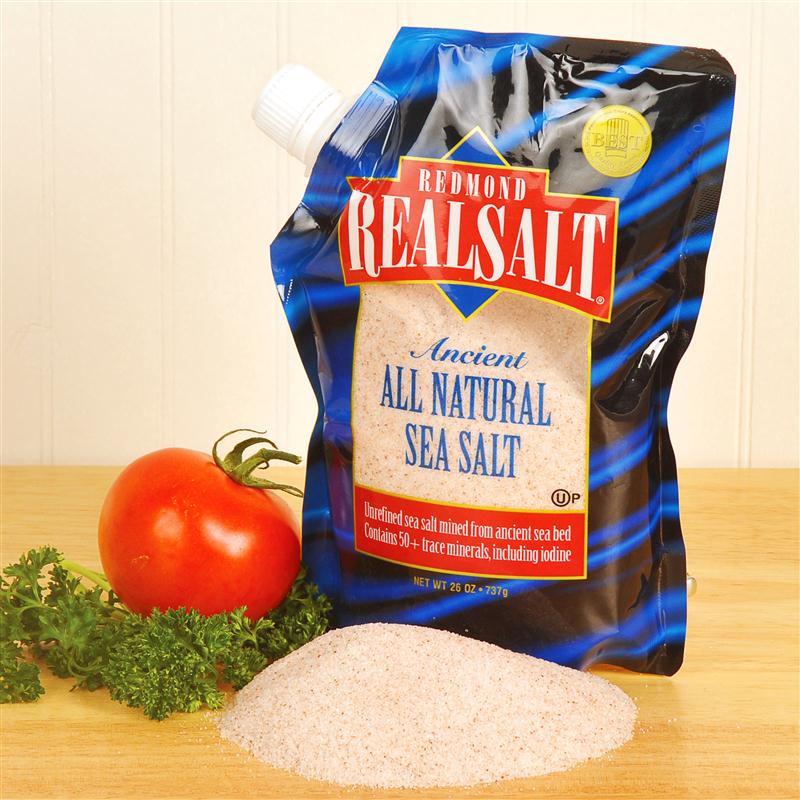
This week I harvested several small heads of cabbage, some carrots and the last of the beets. I wash everything really well, peeled the beets and took off the boggy outer leaves of the cabbage. You can use a food processor to shred the vegetables but I made short work of them with a really sharp knife. Once shredded, I weighed the vegetables on a kitchen scale. It took a bit of tweaking but I finally got the five pounds I needed. I added 3 tablespoons of sea salt and worked it through the vegetables until it felt evenly distributed. I covered the bowl and left it to sit for a couple of hours until the cabbage began to wilt and release some liquid. Now comes the fun part.
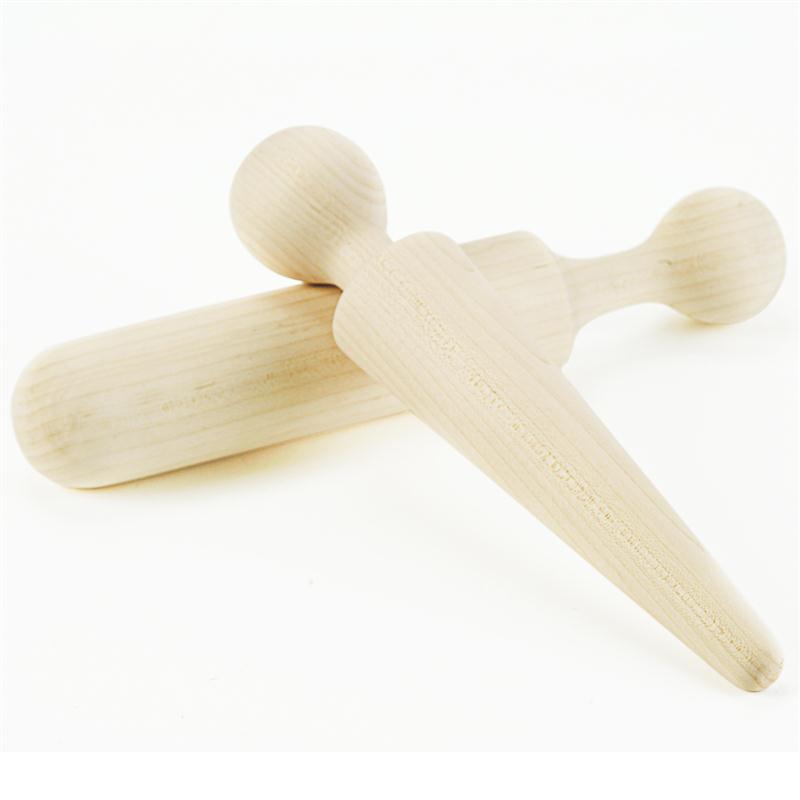
You need to pack the shredded mass into some sort of vessel. Around here, canning jars are abundant so that’s what we use. I push the vegetables into the jars, using the wooden tool that came with my cone sieve. It takes a while to get it all in. There was enough to fill one ½ gallon container and a quart as well. Several times over the rest of the day I would come back and give the vegetables another mushing. More and more liquid is released as the vegetables shrink. At some point I find I can add the left-over quart back into the larger jar. It’s important to make sure the vegetables always stay covered with brine. Anything above the brine level will spoil. I use a glass filled with water as a weight to hold the veggies under the brine. If you find that you don’t have enough brine after the first 24 hours, just add a tablespoon of salt to a cup of water and top off with that. Cover the jar loosely and wait a few days so the pickles have a chance to get nicely fermented then put them in a cold spot. It’s a good idea to set the jar on a plate as sometime enough fluid is released to spill over and it can make a terrible mess. This is a good thing to do with dribs and drabs of the garden in the fall. A small head of cauliflower, some beans, cabbage and the last of the onions and garlic will combine to make a pickle that is way more than the sum of its parts.
Homemade Vegetable Juice I am heartily sick of canning tomatoes. Unfortunately, nobody mentioned this to the tomatoes and they are still producing. In an effort to do something creative I came up with a juice that is nearly as good as the store-bought variety and has a whole lot less salt. I will confess that it took me a while to get used to the lack of salt but now I find the commercial stuff mouth-puckeringly salty. I think my blood pressure goes up every time I even think about drinking it. I wish I could be more certain of the amounts here. I would guess I begin with about 25 to 30 pounds of tomatoes. I chop them first into my huge stockpot taking out the core and cutting away any questionable parts. There are a fair number of those this time of the year.
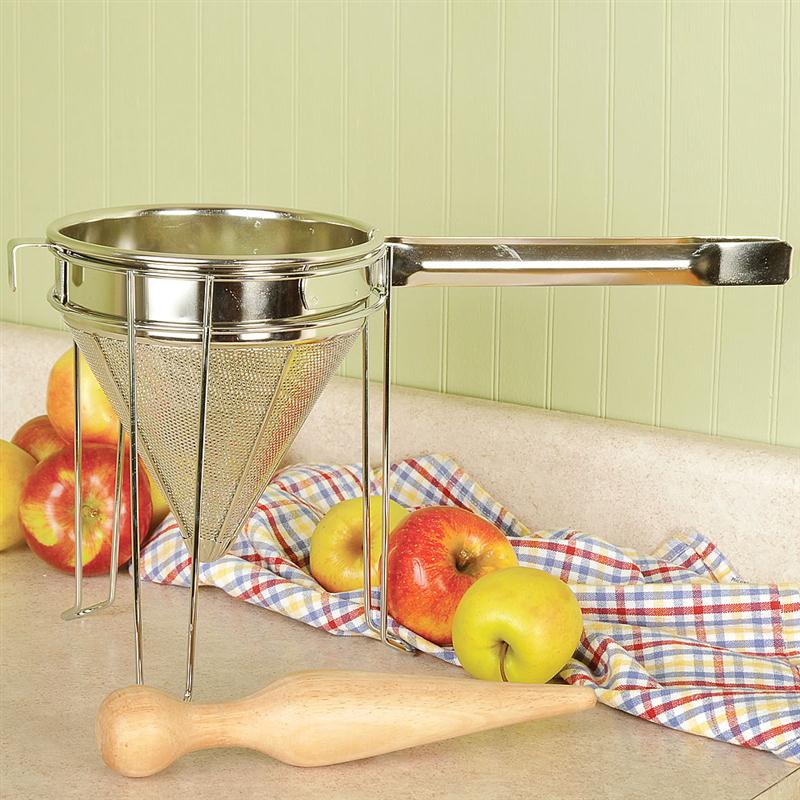
Next, I add a pound of chopped and peeled carrots, a bunch of celery (I had to buy this but the juice didn’t taste good when I tried to omit it) 1 large, chopped onion, a bunch of parsley, a tablespoon of salt and a couple of shakes of pepper. I simmer this for about 40 minutes and then ladle it into a large, fine mesh strainer. I work the vegetable pulp through the strain until I get as much juice as I can. There will be some skins and seeds left behind but that’s just fine. I can this just like I do tomato juice with 2 tablespoons of lemon juice added to each quart jar. I know some people will can this in a water bath but I think it’s a bad idea, even with the added lemon juice. With all of the vegetables added in, I pressure can it for 20 minutes at 10 pounds of pressure. The lemon juice is not added to increase acidity but to add flavor. You can leave it out if you prefer. A dash of Worchester Sauce is a nice addition to this too.


